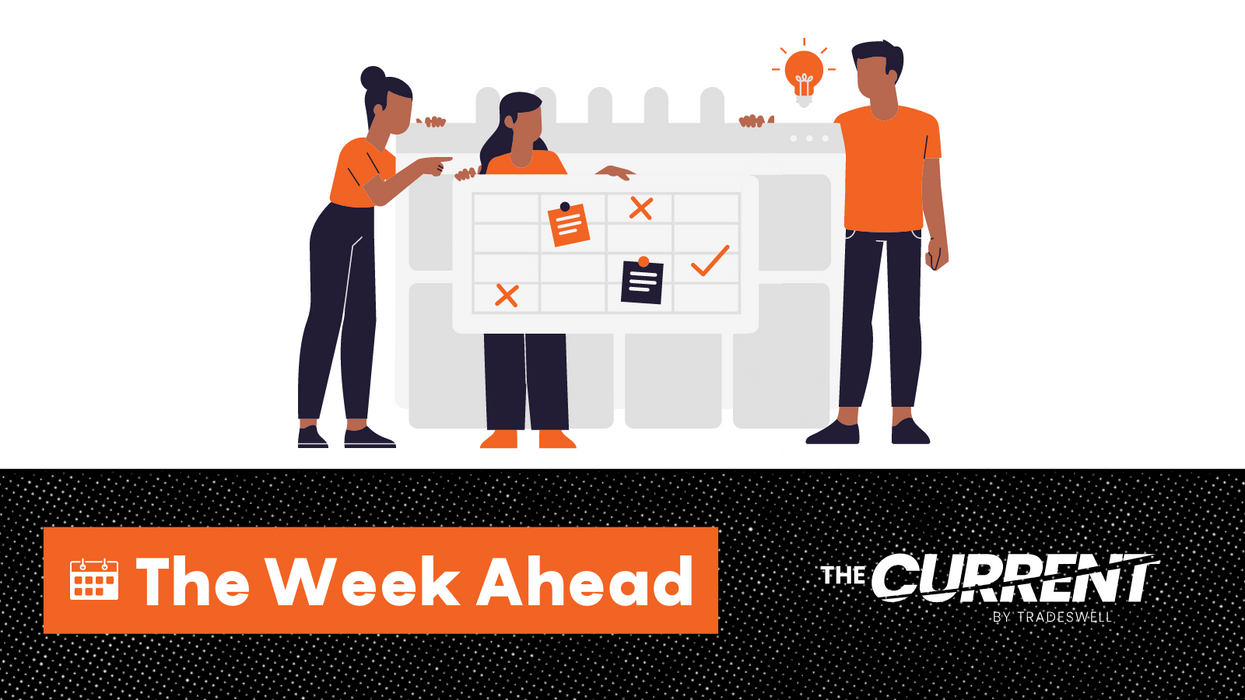Economy
09 January 2023
The Week Ahead: NRF Big Show, Inflation, Albertsons earnings
Check out what's ahead in ecommerce for Jan. 9-14.

Check out what's ahead in ecommerce for Jan. 9-14.

Welcome to a new week. We’re just over seven days into the new year, and a host of layoffs and warnings are already clouding the retail picture. The Current will have the latest insights, data and results for the industry as we make our way through it. This week, there’s plenty in store, with the NRF Big Show kicking off the tradeshow year in New York, the latest inflation numbers and a closely-watched Bed Bath & Beyond earnings call. Here’s a look:
ICR Conference: More than 200 consumer brands and companies will gather in Orlando to meet with investors and analysts. (Jan. 9-11)
NRF Big Show: Retailers gather in New York for the National Retail Federation’s kickoff to the year. CEOs and top leaders from Walmart, Target, Macy’s, Lowe’s, Express and Neiman Marcus will headline a host of speakers throughout keynote sessions and breakouts. Plus, an expo features innovation and technology trends coming to the industry. (Jan. 14-17)
Fed Chair speaks: Federal Reserve Chair Jerome Powell will give a speech at the Sveriges Riksbank International Symposium on Central Bank Independence in Stockholm, Sweden. While the topic is central bank independence, Powell’s remarks will be parsed for any thoughts about the Fed’s plans for its next meeting on interest rates, which is scheduled for Feb. 1. (Tues., 1/10, 9 a.m.)
Consumer Price Index: The U.S. Commerce Department releases the inflation rate and price data for December 2022. Inflation slowed in November to 7.1%. We’ll see if the cooling continued amid substantial holiday discounting in December. (Thurs., 1/12, 8:30 a.m.)
Consumer Sentiment: The University of Michigan Survey of Consumers issues its preliminary reading for January on consumer buying conditions and expectations for various economic categories, including inflation. After falling in November, this measure bounced back in December to end the year in a slightly more optimistic mood. (Friday, 1/13, 10 a.m.)
Monday, Jan. 9: WD-40
Tuesday, Jan. 10: Albertsons, Bed Bath & Beyond
Friday, Jan. 13: Bank of America, JP Morgan Chase, Wells Fargo, Citigroup, Delta Air Lines
Campbell Soup Company CEO Mark Clouse offered thoughts on messaging amid inflationary shifts in consumer behavior.
After months of elevated inflation and interest rate hikes that have the potential to cool demand, consumers are showing more signs of shifting behavior.
It’s showing up in retail sales data, but there’s also evidence in the observations of the brands responsible for grocery store staples.
The latest example came this week from Campbell Soup Company. CEO Mark Clouse told analysts that the consumer continues to be “resilient” despite continued price increases on food, but found that “consumers are beginning to feel that pressure” as time goes on.
This shows up in the categories they are buying. Overall, Clouse said Campbell sees a shift toward shelf-stable items, and away from more expensive prepared foods.
There is also change in when they make purchases. People are buying more at the beginning of the month. That’s because they are stretching paychecks as long as possible.
These shifts change how the company is communicating with consumers.
Clouse said the changes in behavior are an opportunity to “focus on value within our messaging without necessarily having to chase pricing all the way down.”
“No question that it's important that we protect affordability and that we make that relevant in the categories that we're in," Clouse said. "But I also think there's a lot of ways to frame value in different ways, right?”
A meal cooked with condensed soup may be cheaper than picking up a frozen item or ordering out. Consumers just need a reminder. Even within Campbell’s own portfolio, the company can elevate brands that have more value now, even if they may not always get the limelight.
The open question is whether the shift in behavior will begin to show up in the results of the companies that have raised prices. Campbell’s overall net sales grew 5% for the quarter ended April 30, while gross profit margins held steady around 30%. But the category-level results were more uneven. U.S. soup sales declined 11%, though the company said that was owed to comparisons with the quarter when supply chains reopened a year ago and expressed confidence that the category is seeing a longer-term resurgence as more people cook at home following the pandemic. Snacks, which includes Goldfish and Pepperidge Farm, were up 12% And while net sales increased overall, the amount of products people are buying is declining. Volumes were down 7%.
These are trends happening across the grocery store. Campbell is continuing to compete. It is leading with iconic brands, and a host of different ways to consume them. It is following that up with innovation that makes the products stand out. Then, it is driving home messaging that shows consumers how to fit the products into their lives, and even their tightening spending plans.
Campbell Soup is more than 150 years old, and has seen plenty of difficult economic environments. It is also a different business today, and will continue to evolve. At the end of the day, continued execution is what’s required.
“If it's good food, people are going to buy it, especially if it's a great value,” Clouse said.